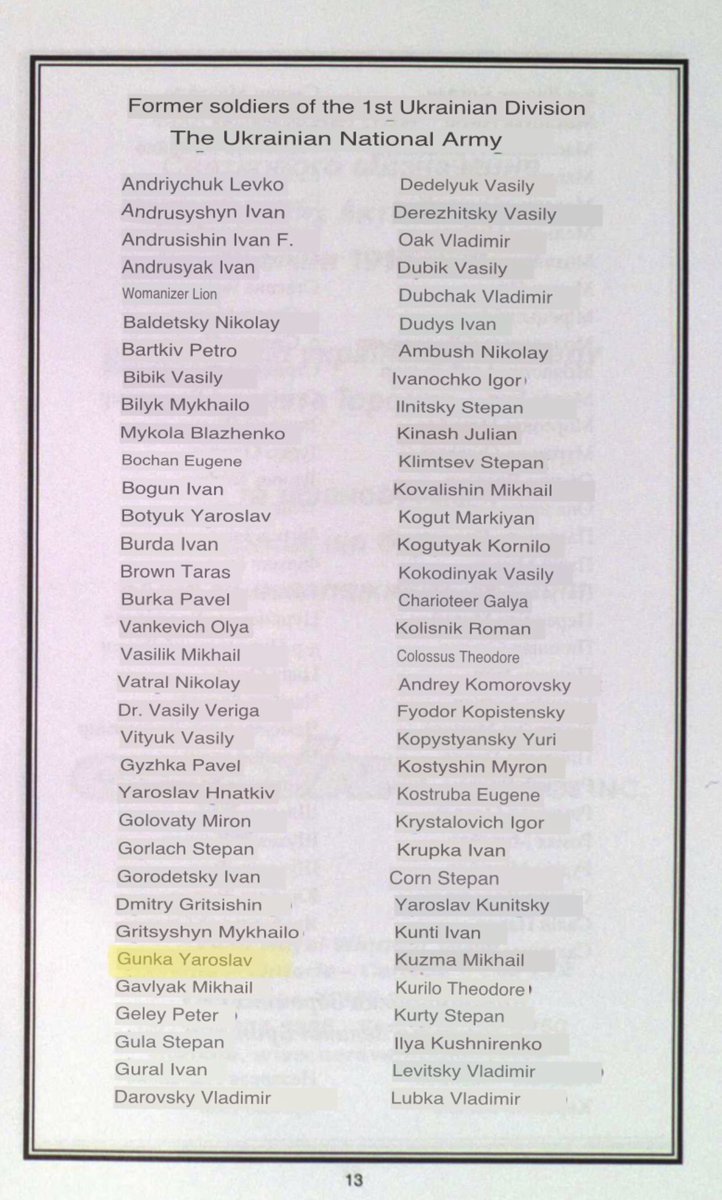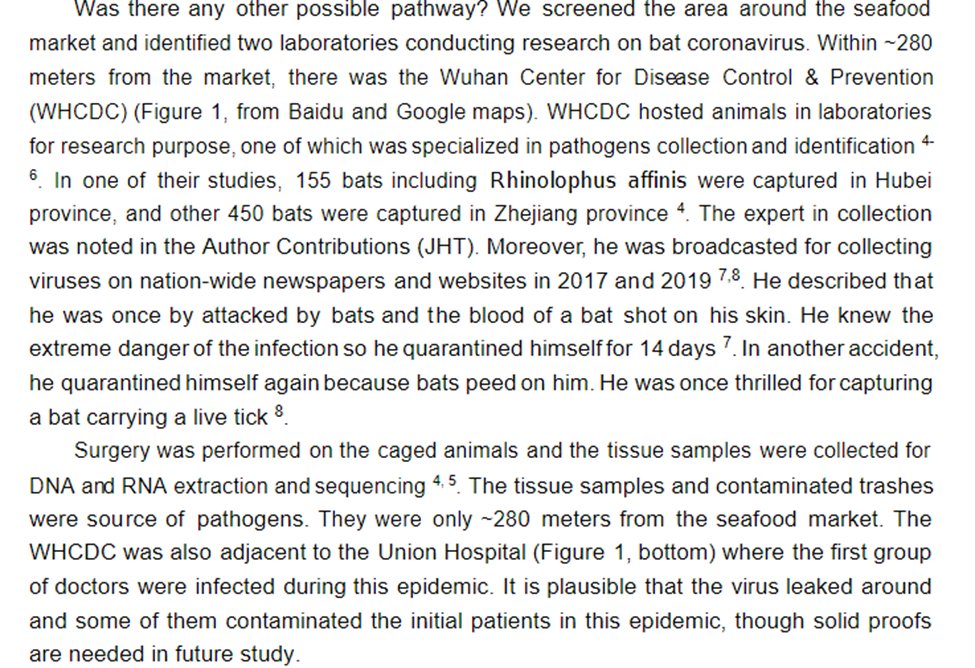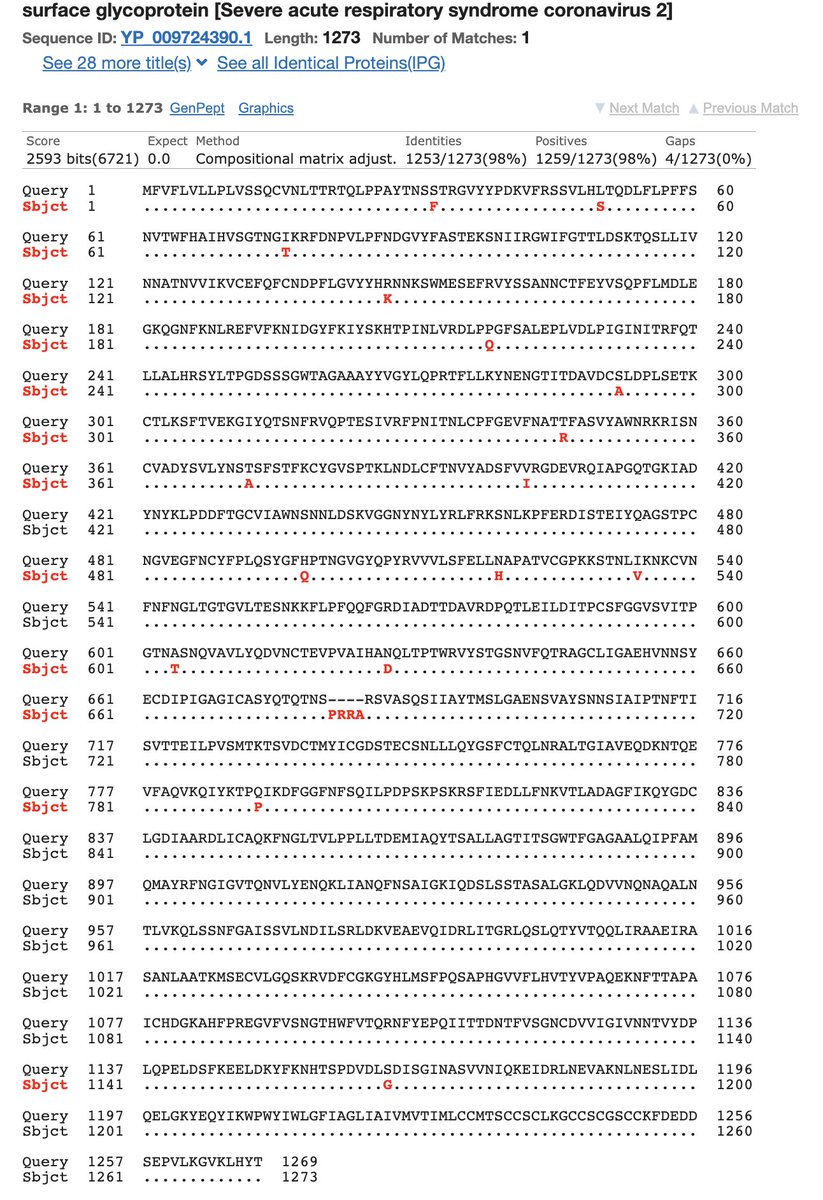I was quite shocked to discover that Yaroslav Hunka — the Nazi veteran invited to the House of Commons — was actually previously honored (along with several dozen other Waffen SS veterans) by the Ukrainian Canadian Congress in 2007. Notably, the Ukrainian ambassador to Canada was a special guest at the ceremony and gave a celebratory speech:








Previously, in 2003, Yaroslav Hunka represented the very same Ukrainian Canadian Congress at the 8th Ukrainian World Congress in Kiev. Since 1989 he frequently visited Ukraine and even ran for Verkhovna Rada (Parliament) in 1994.
In 2004 he was made an honorary citizen of Berezhany; war criminals Stepan Bandera and Roman Shukhevych were given the same honor in 2011:



In 2004 he was made an honorary citizen of Berezhany; war criminals Stepan Bandera and Roman Shukhevych were given the same honor in 2011:



Given Christia Freeland’s close ties with the Ukrainian Canadian Congress, I can’t help but wonder whether she knew Yaroslav Hunka personally and/or was well aware of his invitation to the House.
Translated photos of the honorary citizens of Berezhany — Yaroslav Hunka, Stepan Bandera, Roman Shukhevych:






• • •
Missing some Tweet in this thread? You can try to
force a refresh

 Read on Twitter
Read on Twitter















